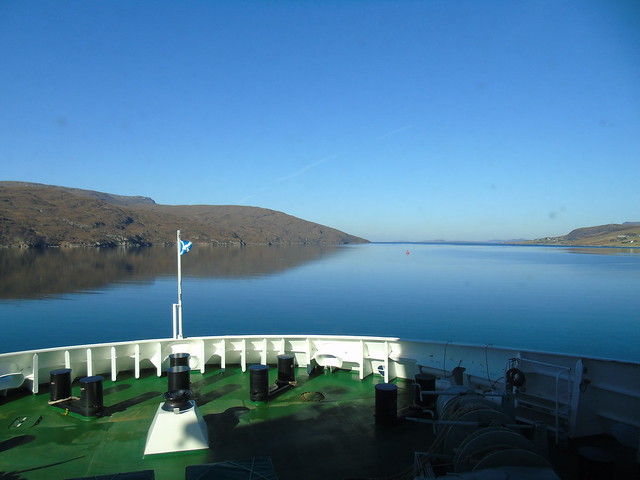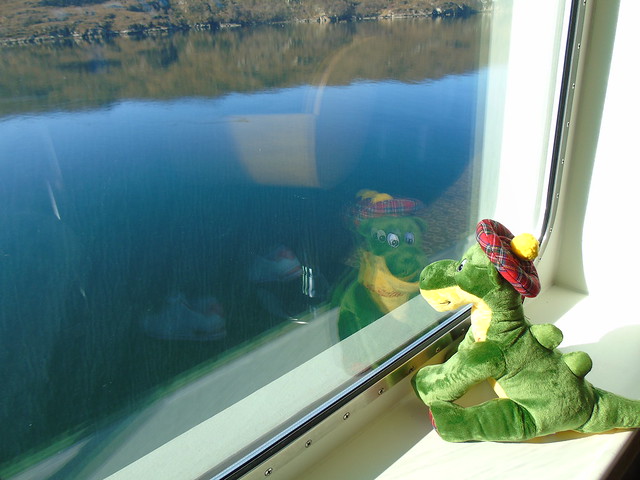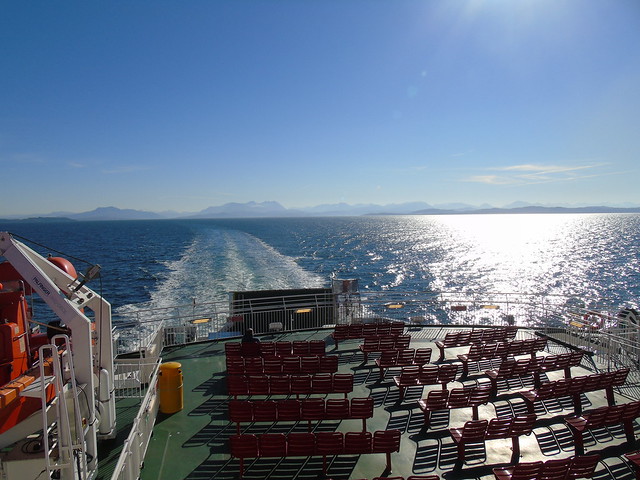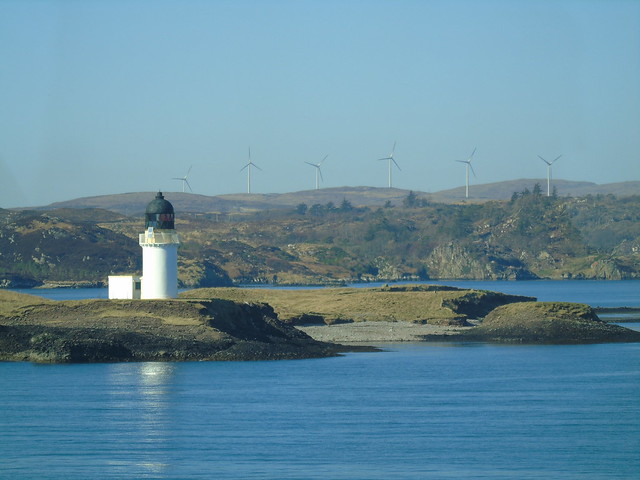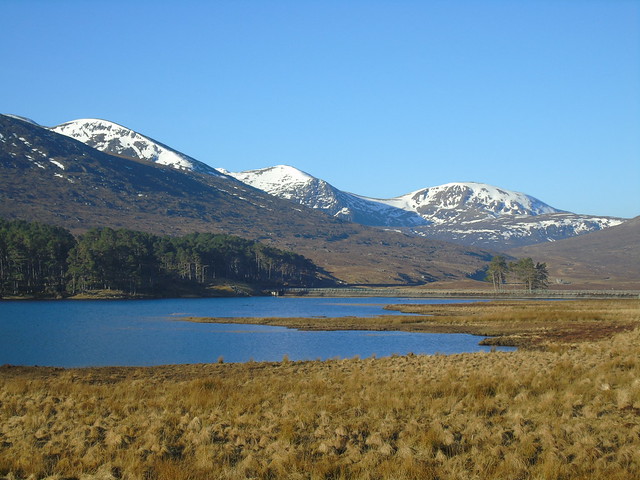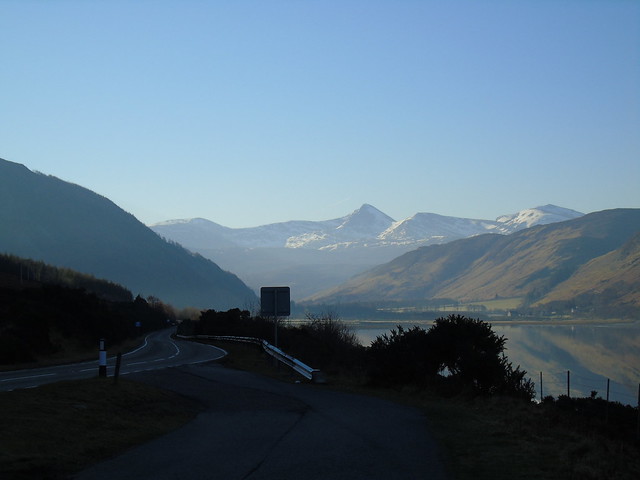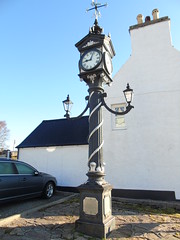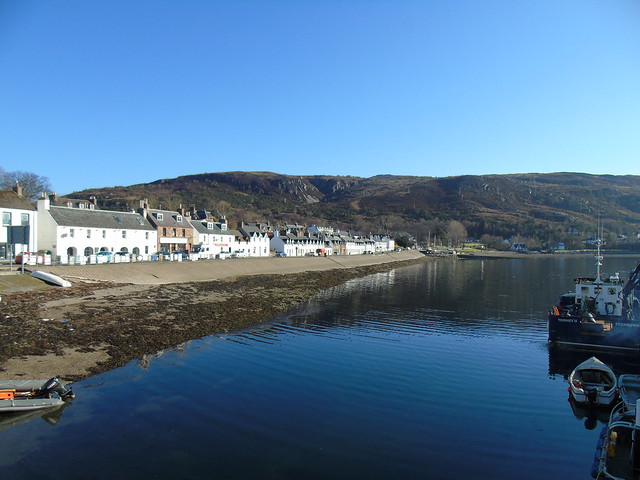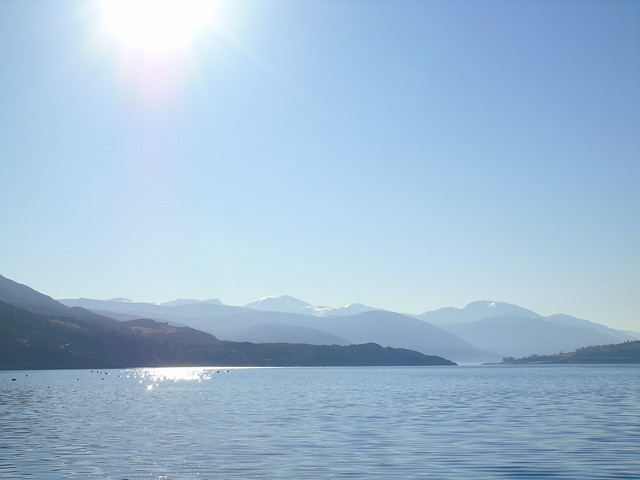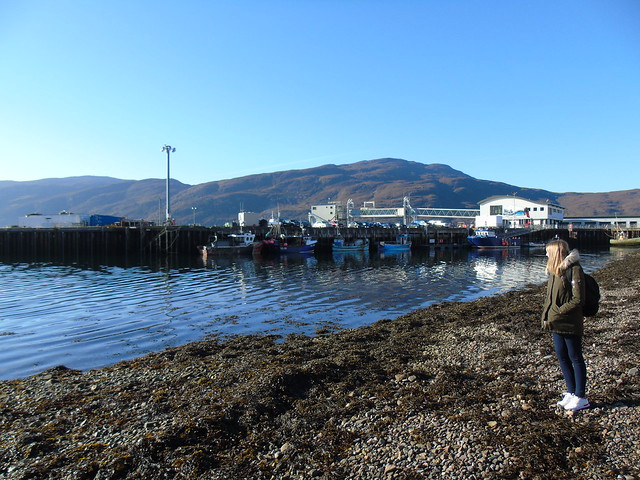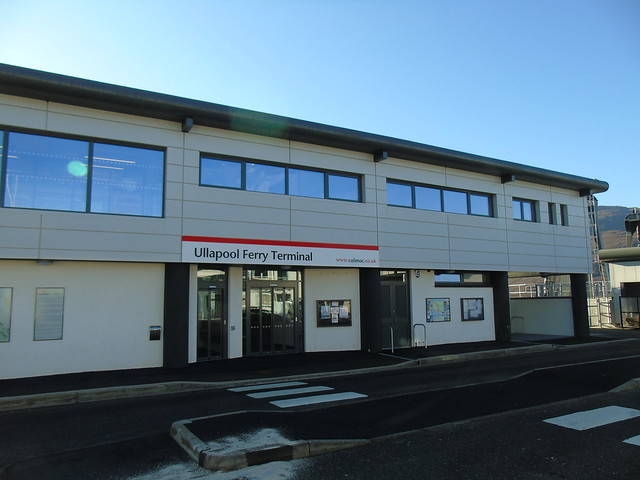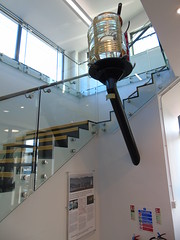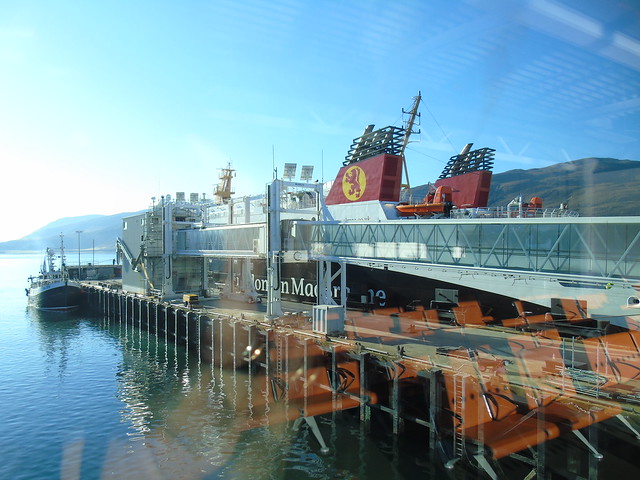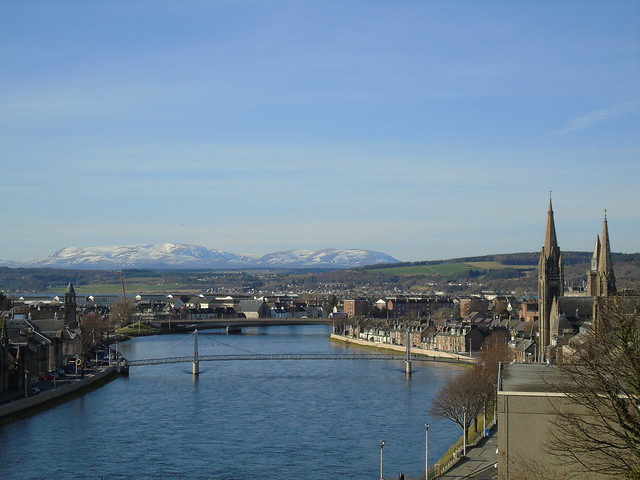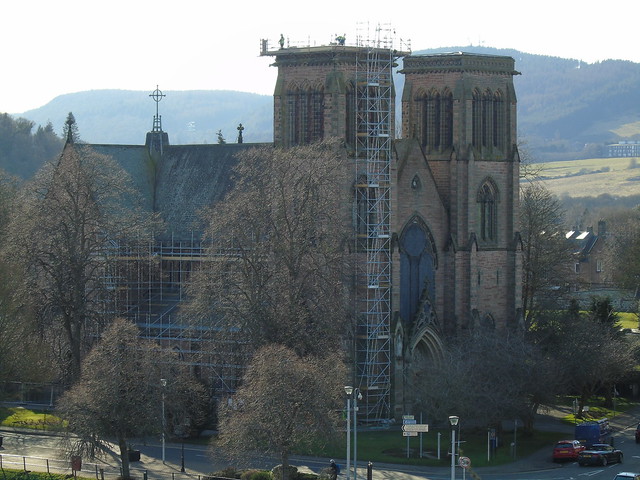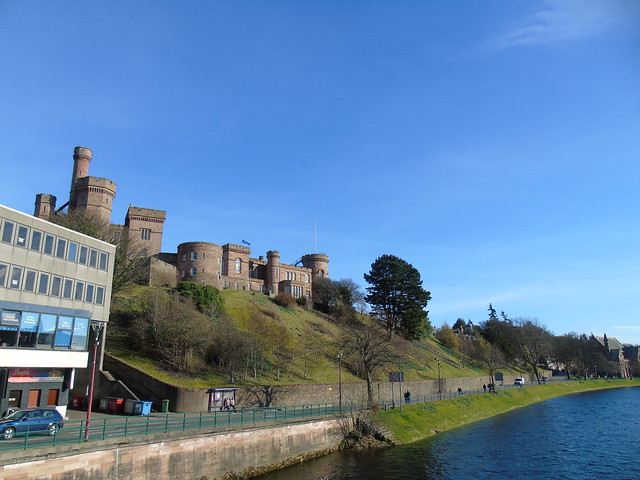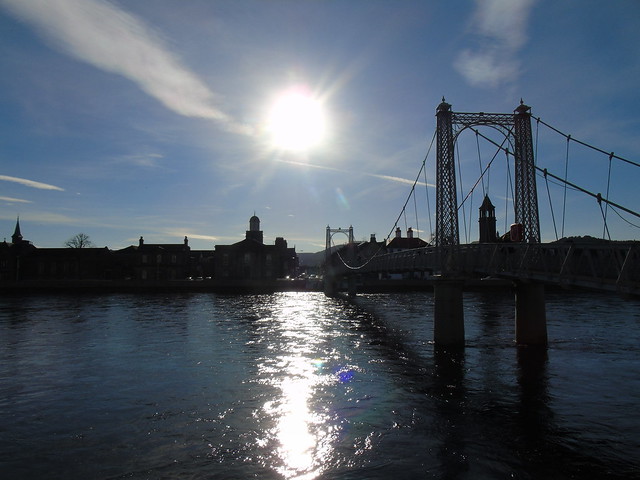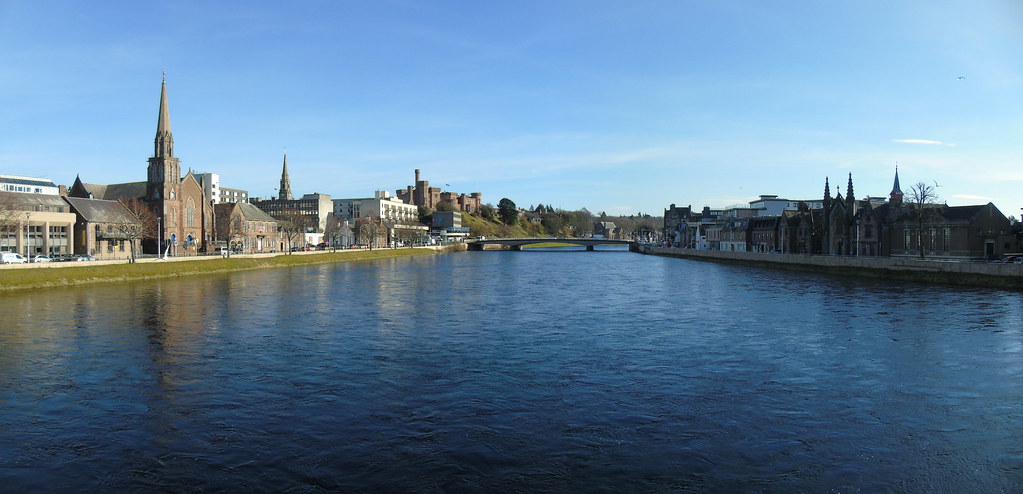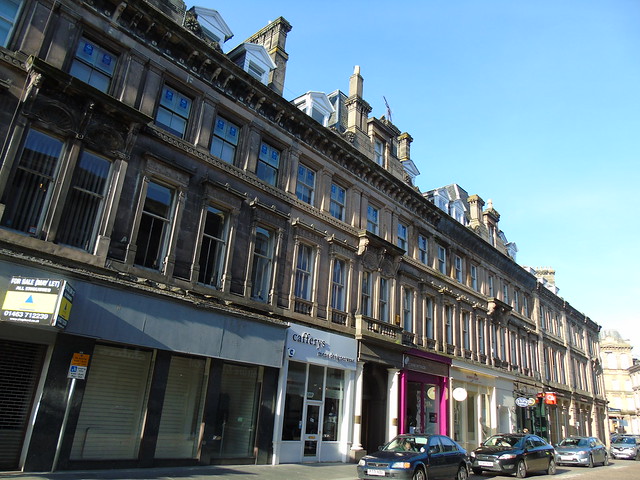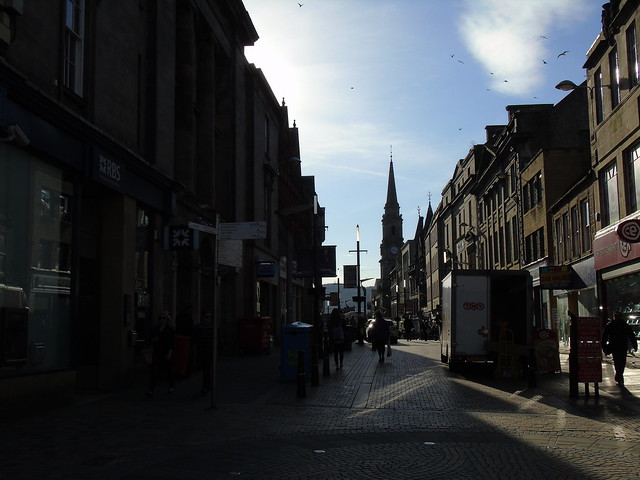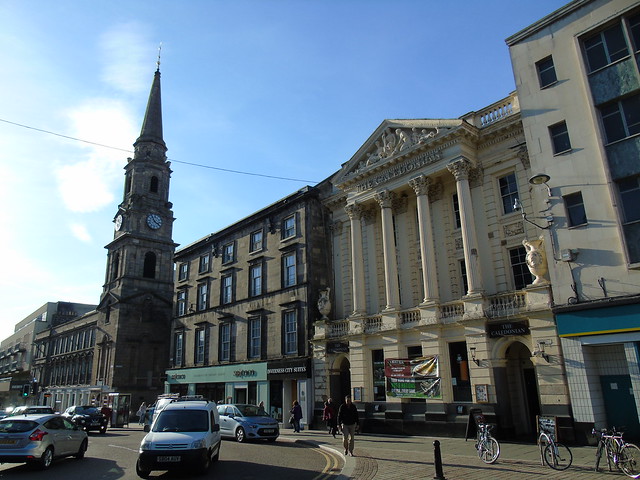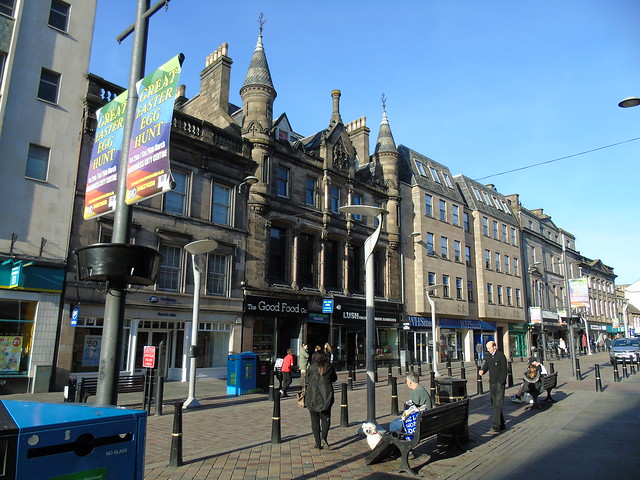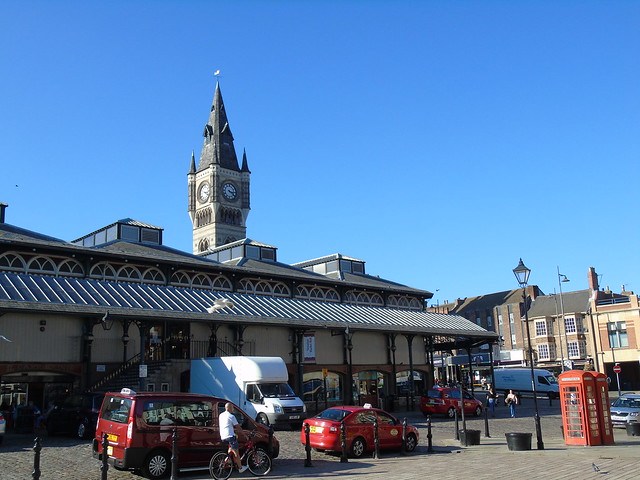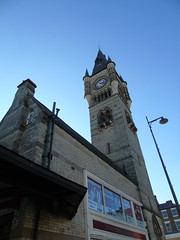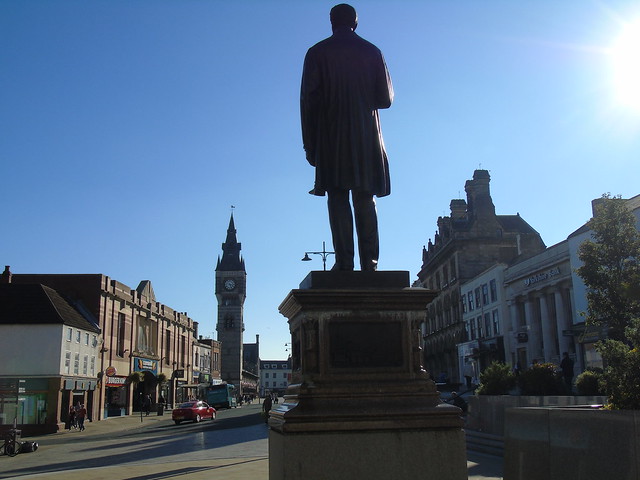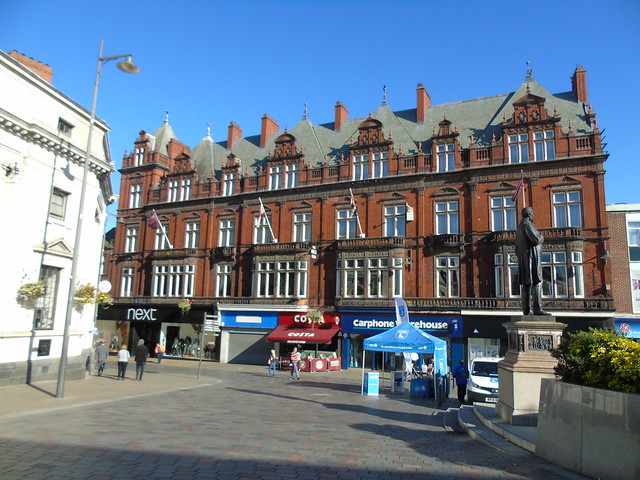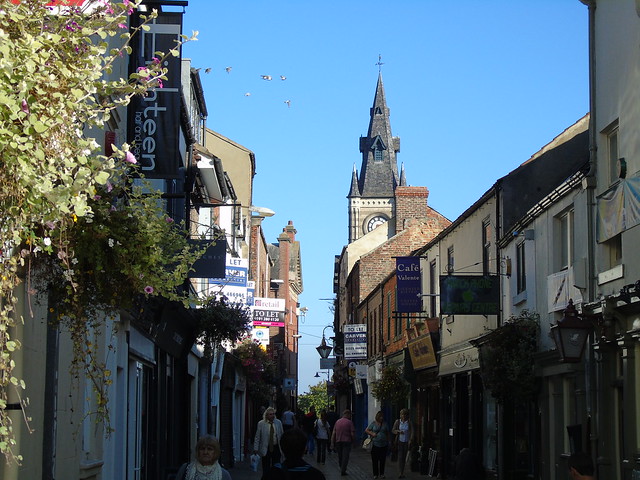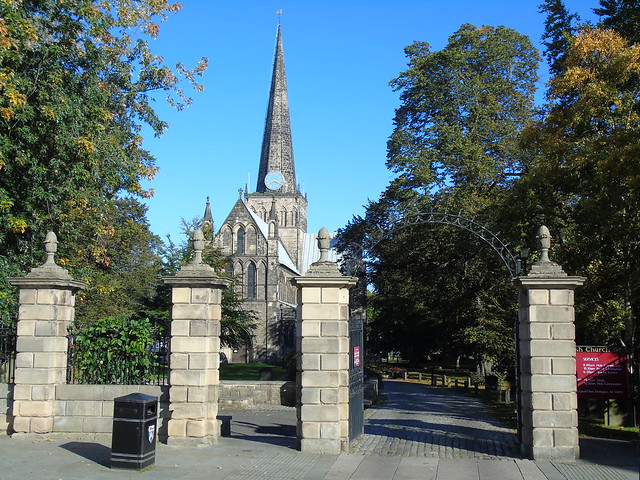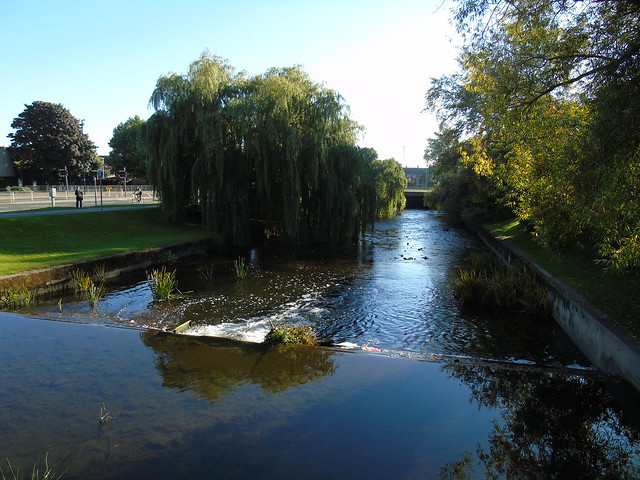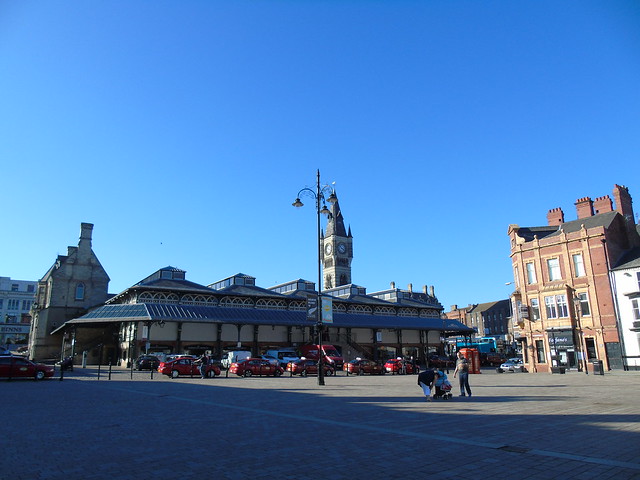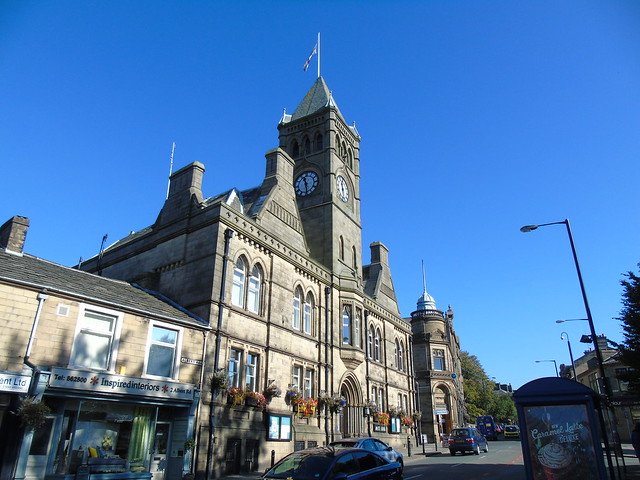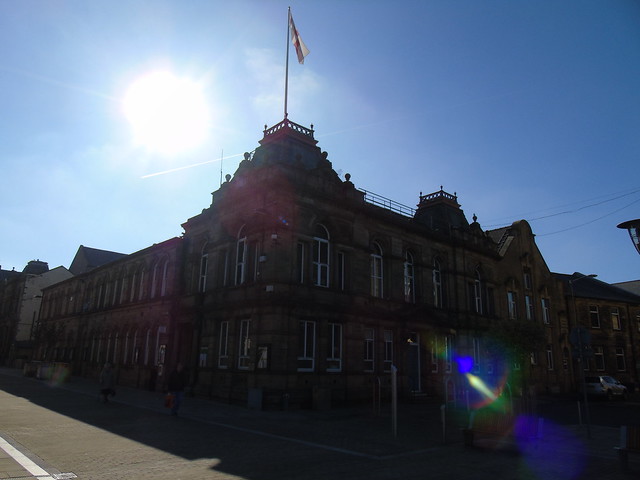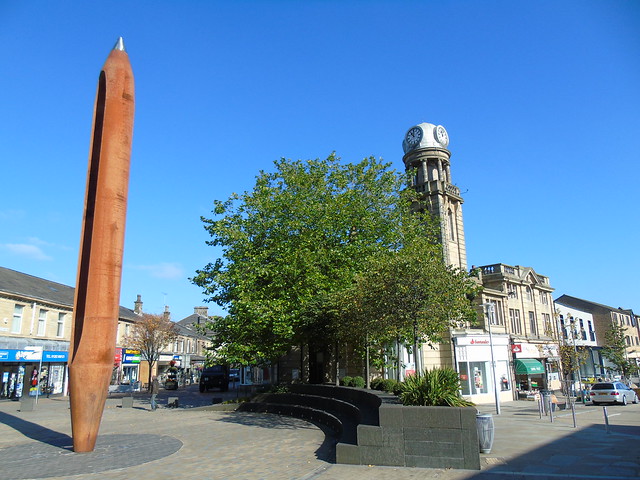Our next stop was the major town of Northampton, one of the largest English towns we hadn’t yet visited. There was also cause for celebration, as with our previous stop of Towcester, also in Northamptonshire, we had now officially visited all 48 counties across England…
Northampton:
Status: Northampton District, Northamptonshire, Town, England
Date: 28/01/2016
Travel: Car
Eating & Sleeping: Costa
Attractions: Northampton Guildhall, Guildhall Great Hall, War Memorial, All Saint’s Church, Spencer Percival Statue, Elizabethan Houses, Market Square, St Peter’s Church, Discovery Sculpture, Welsh House, City Buildings, Cobblers Last Sculpture etc

Our journey began in a large Multi-Storey Car Park on Swan Street, juts outside the main town centre. From there, a short walk led us to Guildhall Road, and what is in my opinion, the most stunning piece of architecture in Northamptonshire.
Northampton’s impressive Guildhall is one of the centre pieces of the town, designed by Edward William Godwin (1833 – 1886, English Architect from Bristol) when he was just 28! Construction took four years, from 1861 – 1864, and originally consisted of just the Eastern portion (right), including the main entrance, the symmetrical bays of 3 windows each on either side, and the Clock Tower.
A large extension was added by Matthew Holding in 1892, which became the Western (left) half of the building, adding another 6 bays of windows, and an extra entrance. What is perhaps most impressive is that despite the 30 year gap between the two halves being created, they merge seamlessly, using the exact same stone work and architectural style as Godwin.
A second, modern extension was added in 1992, to the left of the original Godwin design. Again it has been crafted to match with the existing stonework, with a modern touch to it. It does blend in rather well, creating a unique mix of old and new.

Most days the Guildhall is open to the public, and you can visit the breathtaking Great Hall at it’s centre. The Hall’s interior was created in two phases, with Colin Gill (1892 – 1940, English Artist from Kent) decorating the walls in 1925, and Henry Bird (1909 – 2000, English Artist from Northampton) adding in a series of Murals in 1949.

The Guildhall also contains a statue of Spencer Percival (1762 – 1812, MP For Northampton, Chancellor of the Exchequer, and Prime Minister of the United Kingdom).
Percival is notable as being the only British Prime Minister in history to be assassinated, by John Bellingham (1769 – 1812), in 1812. This statue was created by Sir Francis Chantrey (1781 – 1841), and officially unveiled in 1817.

Leaving the Guildhall behind us, we followed “St Giles’ Square” road up towards the centre of town, to the rear of the finely sculpted All Saint’s Church. Before we explored the Church, we stopped to admire the Northampton War Memorial to the rear of the building, shown below.

The Memorial was designed by Sir Edwin Lutyens (1869 – 1944, English Architect from London who also created the Cenotaph in Westminster) after World War I, in tribute to the fallen soldiers of Northampton and the county as a whole. It was finally unveiled in 1926 after a number of logistical issues related to it’s intended position delayed construction.

Moving round to admire the fine façade of All Saint’s, we were stunned at the colours of the stonework, which are quite similar to the Guildhall, and many other buildings in Northampton.
The Church is the successor to the previous “All Hallow’s” which previously stood on this site until 1675. It was on the 20th September of that year that tragedy struck, when a large blaze started in St Mary’s Street thanks to an open fire. It destroyed most of Northampton, including All Hallow’s. It was thanks to the generosity of King Charles II (1630 – 1685), who donated a large amount of timber towards rebuilding work, that the town quickly recovered.
One tenth of the money allocated by the King for rebuilding went towards the Church, with building work supervised by Henry Bell, an architect from King’s Lynn in Norfolk. It was built broadly in the same spot, and incorporated the stone tower from All Hallow’s which had survived the blaze. Building work was complete by 1680, whilst the large stone portico, incorporating a series of columns, was added in 1701. A statue of King Charles II stands above the portico, in recognition of his generosity after the fire.

The Church is the centre piece of a large square in the centre of the town, with the Guildhall off the East End. Bounding the South side of the square is the local Tourist Information Office, housed in a combination of two buildings made up of the County Hall, and Sessions House. The two buildings were some of the first to be built after the Great Fire destroyed the rest of the town.
The County Hall is the main section to the right, created in the 17th Century as the “County House of Correction”. It replaced its predecessor, lost in the fire. A new town Gaol was built as an addition to the structure the following century. The Gaol already extant within County Hall became the Turnkeys House, home of the Keeper of the Prisons Keys.
By 1890 the buildings were no longer in use as a Gaol, with the Turnkeys House now the property of the County Council, whilst the rest was bought by the Salvation Army. Today it is used as a joint Tourist Information Office and the Northamptonshire County Offices, with Sessions House.
Sessions House (the portion to the left) is listed with a build date of 1678, another creation of Henry Bell. It was used as a Courthouse until 1991, and would have worked in tandem with the adjacent Gaol until it’s closure. Together the two buildings form a lovely pair, a fine example of the Georgian Architecture which has now come to typify the town as a whole.

From County Hall, we cut through to the Market Square, behind the large row of buildings on the North side of the Church. Prior to 1235, the local Market had been held in the Churchyard of All Hallow’s, until King Henry III ordered it be moved to the new Market Square.
The Square is notable as being one of the largest in England, as well as having one of the oldest running Markets.

At the North end of the square lies “Welsh House”, an old Elizabethan house from 1595. It was one of the few buildings to survive the Great Fire, when it was home to the Danvers family.
It has been altered various times across its history, so much so that in 1972 the Secretary of State ordered it to be rebuilt to match it’s original Elizabethan appearance.

An exploration of some of the surrounding streets, leading back towards the Guildhall yielded some interesting results.
The first was a large brick warehouse known as the “City Buildings”, designed by Alexander Ellis Anderson (1866 – 1935, Scottish Architect from Dundee). When it opened in 1900 it was in use by Malcolm Inglis & Company, established in 1796 and based up in Glasgow. The name of the company is still visible above the doorway, although the rest of the building has now been converted into flats.

Next up was Numbers 4-6 Gold street, which includes the stunning protruding set of 3 window bays. A late Victorian addition to Gold Street, it was added by S J Newman in 1881, with a nice Gothic feel to it.

We had popped into the Tourist Information Office earlier, and picked up a great little leaflet with a suggested walking route around the time, and a few sites of interest. We decided to follow it, and headed West away from All Saints.
One of these was a short row of Elizabethan Town Houses, again a rare survivor of Northampton’s Great Fire. Constructed around 1662, they are known as “Cromwell House” and fit in rather well with some of the modern houses which surround them.

Further up Gold Street you will find the Church of St Peter, one of the oldest surviving structures in the town after only the Norman Holy Sepulchre Church from 1100.
St Peters was built roughly 50 years later, around 1160, although it would have appeared much smaller than it does today. It wasn’t until the 15th Century that the Crypt was built, followed in the 17th Century by the Tower at the West End

Northampton also has a number of interesting pieces of public artwork dotted around the town centre. The first one we found was on Abington Street, called “Discovery”.
Created by Lucy Glendinning, it pays tribute to Sir Francis Crick (1916 – 2004, Scientist from Northampton, Co-Discoverer of the DNA Molecule and the Double Helix). The shape of the sculpture itself echoes the Double Helix, with the figures (possibly representing life) twisting around each other.

At the other end of Abington Street lies another well known sculpture, called the “Cobblers Last”. It was crafted by Graham Ibbeson in 1986, and represents the towns historic Cobbler Industry.
So that was our trip to Northampton, a fantastic place to explore, with a variety of historic buildings, large open squares and many tales to tell.
Northampton is well placed, just a couple of miles out from the M1 Motorway, which heads South to the M25 around London, or North towards Yorkshire/East Midlands, and joins the M6 towards the North West/West Midlands.
The local railway station opened in 1859, and has direct services to London Euston, Birmingham New Street and Milton Keynes. The town is largely bypassed by the West Coast Main Line, however limited services call here run by Virgin Trains, mainly Southbound. By road, Heathrow Airport is approximately 70 miles away, Birmingham 47, and Stansted 87.
We had had an interesting trip around Bedfordshire, Buckinghamshire and Northamptonshire but alas we had reached the end of our journey, so we headed home, another fascinating town under our belt…
